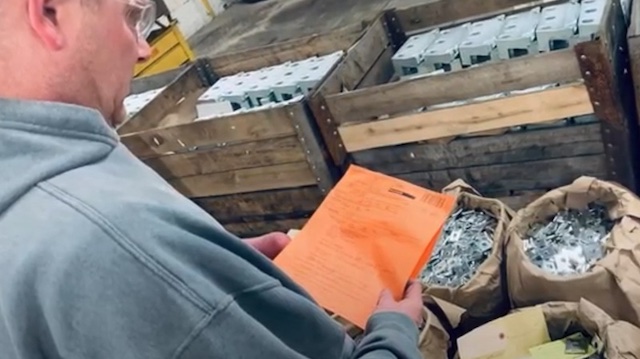Monique Guyse, a senior sales perfectionist at PlateCo in Reedsburg, Wisconsin, says they are big believers in “Doing it right the first time.”
"But it’s important to understand that plating a new part – including an inactive part we haven’t plated for over a year - generally requires extra lead time," she says.
Here’s why:
"When a new part arrives at Plateco, its first stop is our Engineering Department, where quality plans are created for all new parts," Guyse says. "For rack-plated parts, this includes determining the perfect way to configure the parts on the rack to maximize plating coverage and ensure the parts don’t touch, as well as dozens of other parameters."
They then create a detailed work order for the production dept. Work orders for new parts are bright orange, and all employees know they can write their suggestions for the engineers to review.
"After processing, the parts go to quality control for inspection, and then back to Engineering to double-check everything: were the parts configured properly on the rack? Was the right amount of amperage used at each step? And so on," she says. "By taking a bit longer to do it right the first time, we can do it faster – and perfectly – the next time."
Visit zincplating.company




































